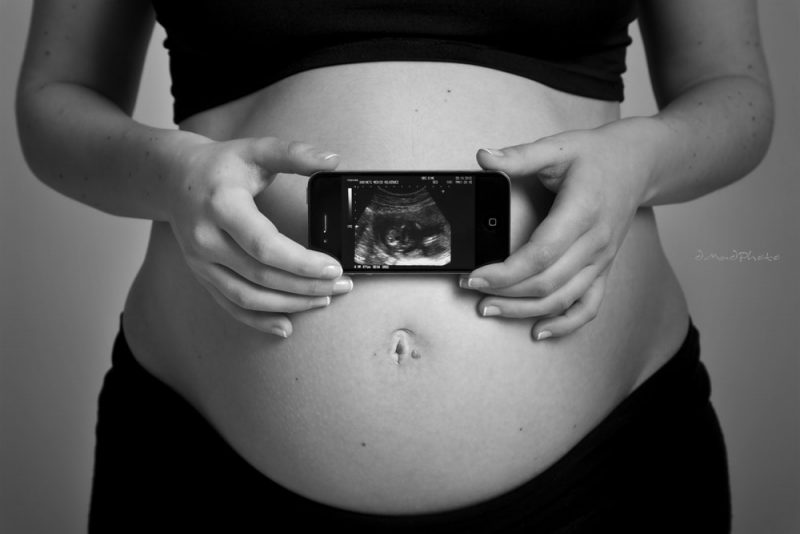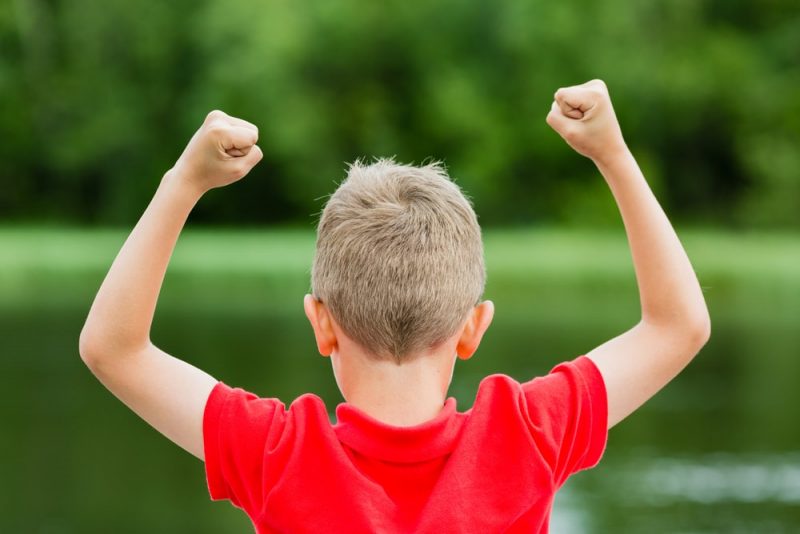When we talk about stages of human development, we refer to the different phases that a person goes through from conception to death, and throughout which they undergo changes of all kinds, both in their body and in their mind. For example: prenatal stage, fetal stage, childhood stage.
These stages are fulfilled in their entirety in all individuals of the human species, without the possibility of any exception, although the specific characteristics may vary according to the specific case. Thus, for example, there will be adolescents with acne problems and others without them, but no one will ever be able to skip adolescence.
It should also be said that changes produced In each stage, as well as the way to cope with them, are decisive and determining factors in subsequent ones, so that childhood and adolescence, as initial stages, are of utmost importance in the final constitution of the individual. Life, understood this way, is a succession of situations of change that leave their mark on us until the very last.
The seven stages of human development
The stages of human development are seven, and they are as follows:
- Prenatal stage. This is the first stage of human life, also called the intrauterine phase, since it takes place inside the mother’s womb during pregnancy. Therefore, this stage goes from fertilization (union of the sexual cells of the parents) and the development of the fetus, until birth or delivery.

This stage generally lasts nine months and comprises three distinct phases, namely:
- Germinal or zygote phase. During this phase, the ovum fertilized by the sperm, known then as a zygote, initiates a rapid cell multiplication that leads to an increase in size, taking root in the uterus tissue at the end of the second week of pregnancy.
- Embryonic phase. Thereafter, the zygote can be called an embryo, and during this stage that goes from the second to the twelfth week (third month) of pregnancy, it is highly susceptible to external contaminants such as alcohol, tobacco, radiation or infections During this phase the layers of the embryo begin to multiply and specialize, forming what later will be the different tissues of the fetus.
- Fetal phase. Once this phase is reached, the embryo becomes a fetus and will already have a certain human form, although it will continue to develop until nine months of pregnancy, when it will be a baby ready to leave the maternal uterus through the birth canal.
- Childhood stage. The second stage in the life of every human being, but the first outside of the containment and protection of the mother’s body, is childhood. It goes from the moment of delivery until around six years of age, when childhood begins as such.
At the beginning of this stage the individual is called a neonate, he has a head disproportionate to his body and sleeps most of the time. The recognition of its motor and sensory capacities is just beginning, so it presents reflex and automatic movements, such as sucking on the mother’s breast, and it also communicates with the outside through indiscriminate emotional responses (crying).
As time passes, however, the infant learns to control his limbs, his sphincters, and to walk, as well as some rudiments of language.

- Childhood stage. Located between the ages of 6 and 12, this third stage of human development coincides with the individual’s schooling, that is, their ability to learn and coexist with other individuals their age. At school the child learns through various playful and pedagogical mechanisms to take advantage of their mental, physical and social faculties.
In this stage, the sense of duty, self-love, respect for others and for others, as well as the ability to distinguish between the real and the imaginary, are also set. It is a key stage in the formation of the individual’s psyche, so the child is tried to protect as much as possible from the harmful influences of society. - Adolescence stage. This fourth stage of human life begins at the end of childhood, around 12 years of age, and ends with the entry into youth, around 20. There are no precise limits for it, as it varies according to the individual: but The entry into puberty, that is, the sexual maturation of the individual, is taken as the clear beginning of adolescence.
For this reason, adolescence is perhaps one of the human stages that presents the most significant physical and emotional changes. Sexual development manifests itself through physical changes:
- Appearance of body hair (facial in men) and especially pubic hair.
- Differentiation of the body between girls and boys.
- Thickened voice in males.
- Appearance of secondary sexual characteristics such as breast growth, or penis enlargement.
- Accelerated growth in height and weight.
- Beginning of female menstruation.
As well as social and emotional changes:
- Frequent emotional fluctuations.
- Appearance of sexual desire.
- Tendency to replace the family environment with that of friends, form groups, bands, etc.
- Tendency to isolation and to avoid reality.
- Emotional vulnerability and need for a new identification.
This stage is key in the process of discovering the self and the world that surrounds it, as well as the sentimental life and the values that will later guide the individual towards adulthood.

- Youth stage. Youth is called the first stage of adulthood or early adulthood, in which the individual is already sexually mature and has overcome the turbulence of adolescence, ready to start a self-responsible life. Youth is generally considered to be between 20 and 25 years of age, although these parameters are not fixed.
During youth, the individual is more aware of who they are and more determined to what they want in life, even if they do not have the emotional balance typical of maturity. It is a stage of extensive learning, no longer hampered by growth dynamics, in which work and social life usually occupy a privileged place. - Stage of adulthood. Normally the longest stage of human development, it begins after the age of 25, with the end of youth and lasts until the beginning of old age or old age, around the age of 60. An adult individual is considered to be in the fullness of his psychic, physical and biological faculties, reason why in this stage the desire of fatherhood and to found a family usually takes place.
The greatest vital performance is contained in this stage, which, although it contains all the imprint of the stages of formation, is also the stage in which the individual usually makes more or less peace with himself and with his destiny. An adult is expected to have emotional control and a vital disposition that he did not possess in previous stages.

- Stage of old age. The last stage of human life, which begins around 60 years of age and continues until death. Adults in this stage are called “elders” and are usually at the end of a family chain to which they transmit their vital learnings and teachings. It is a stage of decline in the physical and reproductive faculties, although it is estimated that the amount of physical and intellectual development of the previous stages will affect the greater or lesser rate of weakness in the elderly. Illnesses, physical ailments and disinterest in general life (in favor of memories of the past) are characteristic of this stage of retirement.
In some cases this physical decline can prevent normal life, while in others it simply leads to a more selfish, eccentric and detached personality.
